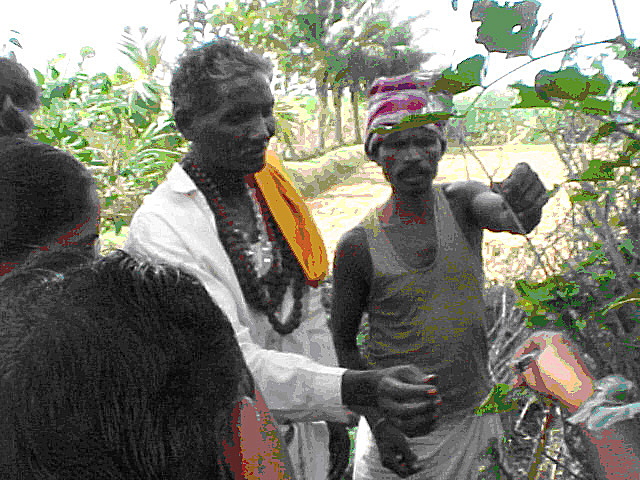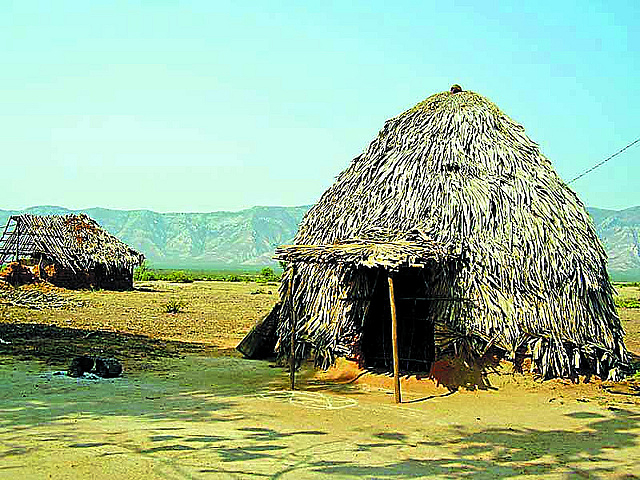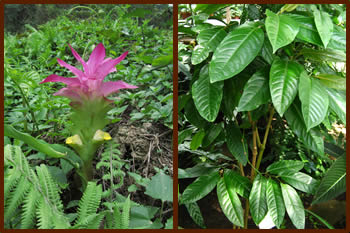Recent research on medicinal plant preparations and their uses by a Yanadi community in southeastern India provides insights into their traditions and the efforts to preserve them.

Nataru Savithramma and four colleagues published an article a few months ago that describes the medicinal plants used by Yanadi healers in Chandragiri and Gopolapuram, villages in the Chandragiri Forest of southeastern India. The two villages are in the Chandragiri Mandal, Chittoor District, of Andhra Pradesh.
Savithramma et al. worked with four traditional healers in the Chandragiri Forest, which is in the Seshachalam hill region of the Eastern Ghats, from July 2014 through February 2015. The oldest healer, named Muniah, was 60, and the youngest, Rajendra, was 40. The authors interviewed and discussed their herbal cures in the local Yanadi dialect and they used detailed questionnaires to elicit information. The two villages have 70 families with 190 people, including 55 men, 69 women and 66 children.

The 70 families live in thatched huts, thatched houses, and roofed houses. They subsist on wage labor earned in surrounding villages plus agricultural work. They depend on the skills of their healers to help cure their ailments.
The authors found that the healers in the two villages use 48 different medicinal plants belonging to 26 plant families to treat 53 types of human ailments. The herbalists prepare their medicines as juices and pastes, or store them as capsules, seeds, powders, bulbs, or decoctions. The largest plant family represented in their results was the Asclepiadaceae family with five species used, followed by the Euphorbiaceae with four species.
The herbalists use parts from shrubs, climbers, trees, herbs, and from one liana. Many medicines are prepared from leaves of the plants, though some are also prepared from roots, tubers, flowers, bark, and fruit. The majority of medicines, 58 percent, are used orally, and most of the rest, 40 percent, are applied topically with only 2 percent inhaled.

Table 1 in the article lists, for each of the 48 plant species, the scientific and the vernacular names, the family, the plant grouping (e.g., climber, shrub, herb, tree), and the part of the plant used by the healers. It describes the mode of preparation for the medicine and the ways the medication is administered. Most interesting of all, it provides full details on the uses of the medication.
For instance, looking at the five species listed in the Asclepiadaceae family (Asclepius was the Greek god of medicine), now usually called the Apocynaceae family, several of the individual species could be mentioned. The roots and tubers from the Decalepis hamiltonii, a liana, are ground into a powder and consumed orally. One or two spoons of the powder are taken three times per day for up to seven days. This medicine improves muscle contractions, delays aging, and is used for scorpion stings and snake bites.
The roots and tubers from Hemidesmus indicus, another plant from the Asclepiadaceae, are taken orally in powder form. The detailed instructions are for one to two spoons daily, taken with a glass of water for up to one to two months. It acts as a cooling agent, helps control sweating, and it acts to stimulate energy.

A third example from the Asclepiadaceae is the Wattakaka volubilis. This is a climber from which the leaves are used in paste form as a topical medicine. The medicine is prepared from 100 grams of leaves that are mixed with 10 g. of camphor, and 5 g. of turmeric. The ingredients are ground into a paste, which is rubbed three times per day on the body for up to one week in order to reduce pains from rheumatism.
The authors point out that the Yanadi use plants from the Asclepiadaceae family in large part because they are widely available in the region—and their medicinal uses are known. A study of the medicinal plant uses by the Yanadi in another district also showed that plants from that family were widely used.
The authors found that the Yanadi healers used hot water a lot for administering their remedies because it is easy to take orally and it is an effective way to help prevent contamination. Milk is also used for the oral intake of medicines, in part because it is easily available and because it helps strengthen the patient. The healers prescribe sweeteners to go along with the medications in order to dilute their bitterness and to induce patients to take them.
Some spices, such as turmeric powder, enhance the effectiveness of some of the drugs as well as act as antimicrobial agents. Some of the healers prescribe lubricants, such as castor oil and honey, to help their patients take the oral medications.

The authors point out that some Yanadi healers used to prepare not only the products of individual plants but also admixtures of several plants as medicines. They give as an example the combination of Curcuma aromatic with Piper longum, which was recorded for a related society, the Chenchu, in another district of southeastern India. Those two plants were not recorded in this study of the Chandragiri Forest, and the advanced skill of combining different plants for more sophisticated medicines appeared to be quite rare in the study area.
This kind of advanced appreciation for admixtures is probably dying out as the knowledge of herbal medicines, transmitted from generation to generation, is being lost. Healers used to pass along their knowledge to their eldest sons but the younger people are no longer interested in learning about traditional healing. Young people are too impatient with the healing arts and want immediate relief from their illnesses. The authors predict that the healing knowledge of this group of Yanadi will soon fade away.
Nonetheless, the authors note hopefully that there is a lot of value for the Yanadi in the Chandragiri Forest in using the traditional medicines made from local plants and they are still reasonably knowledgeable about the subject.
Savithramma, Nataru, Pulicherla Yugandhar, Koya Siva Prasad, Sade Ankanna, Kummara Madhava Chetty. 2016. “Ethnomedicinal Studies on Plants Used by Yanadi Tribe of Chandragiri Reserve Forest Area, Chittoor District, Andhra Pradesh, India.” Journal of Intercultural Ethnopharmacology 5(1): 49-56